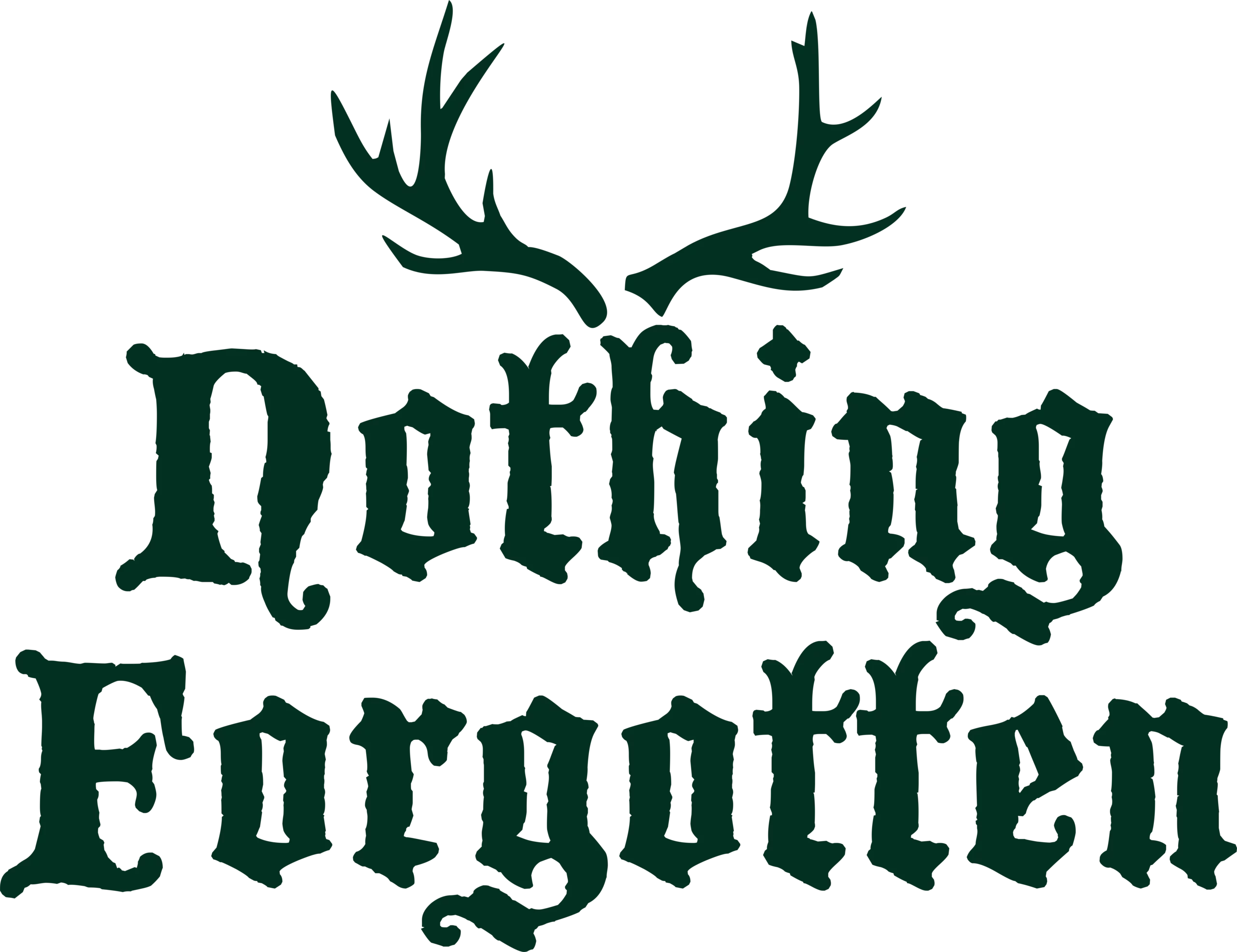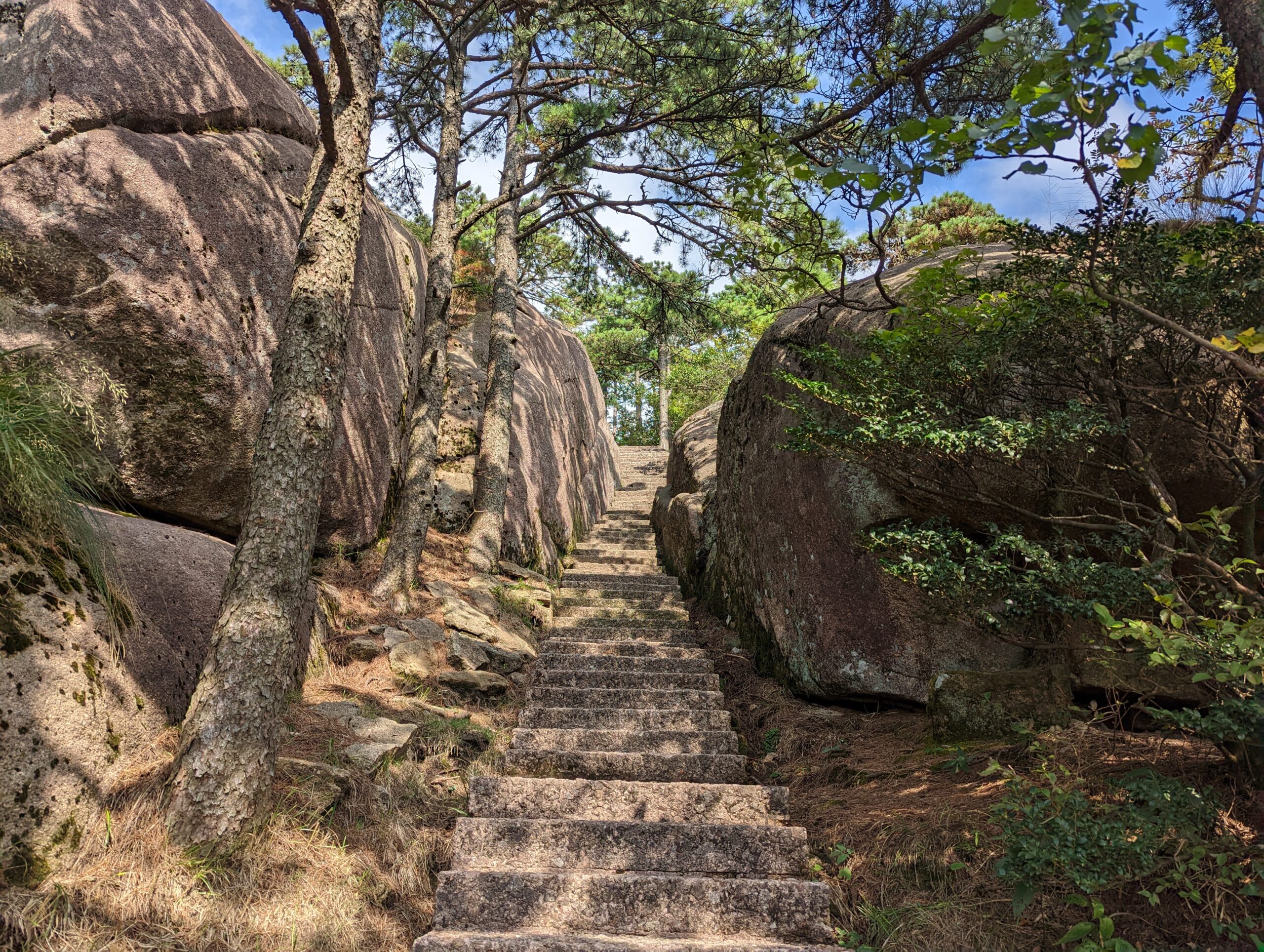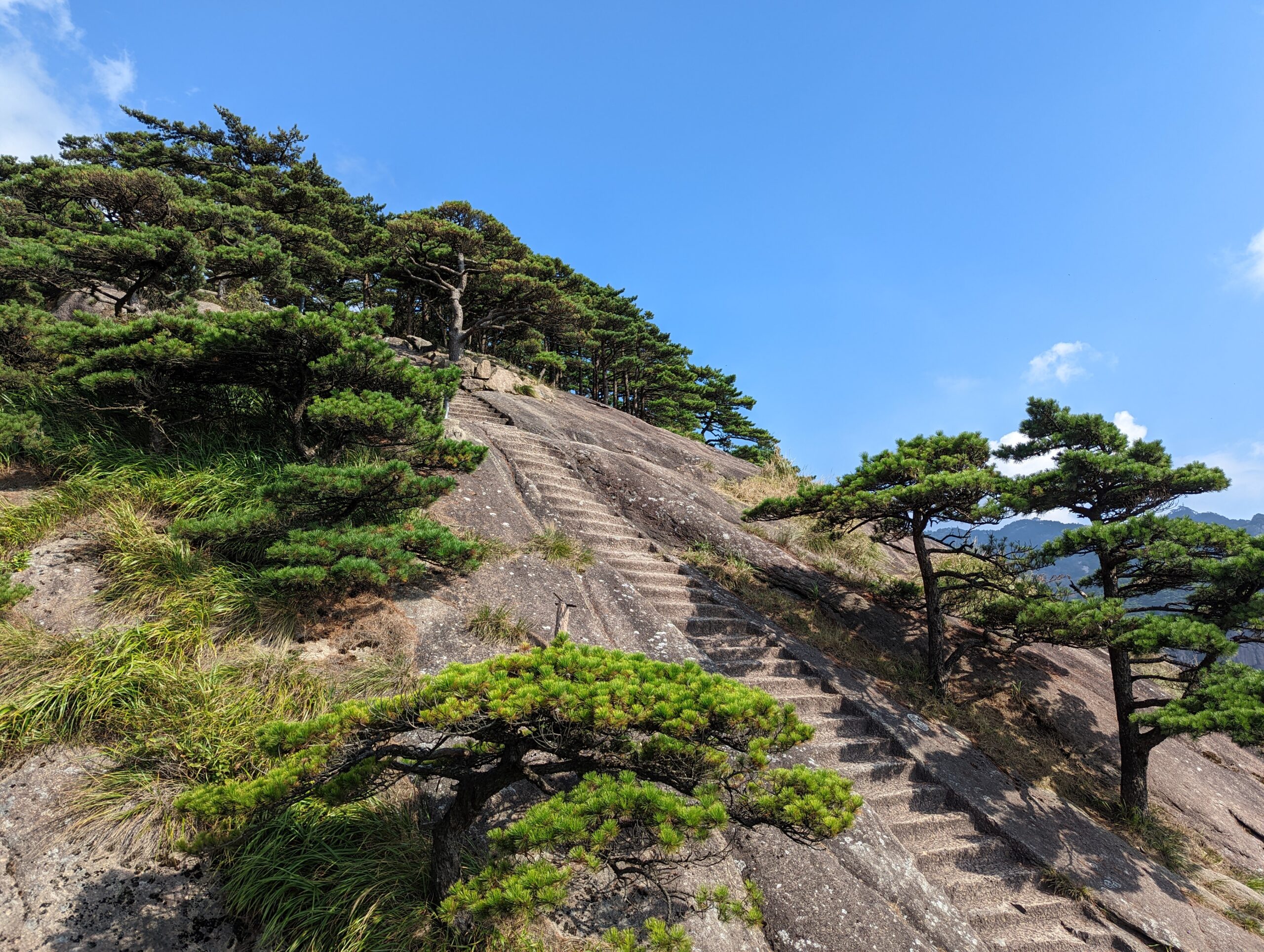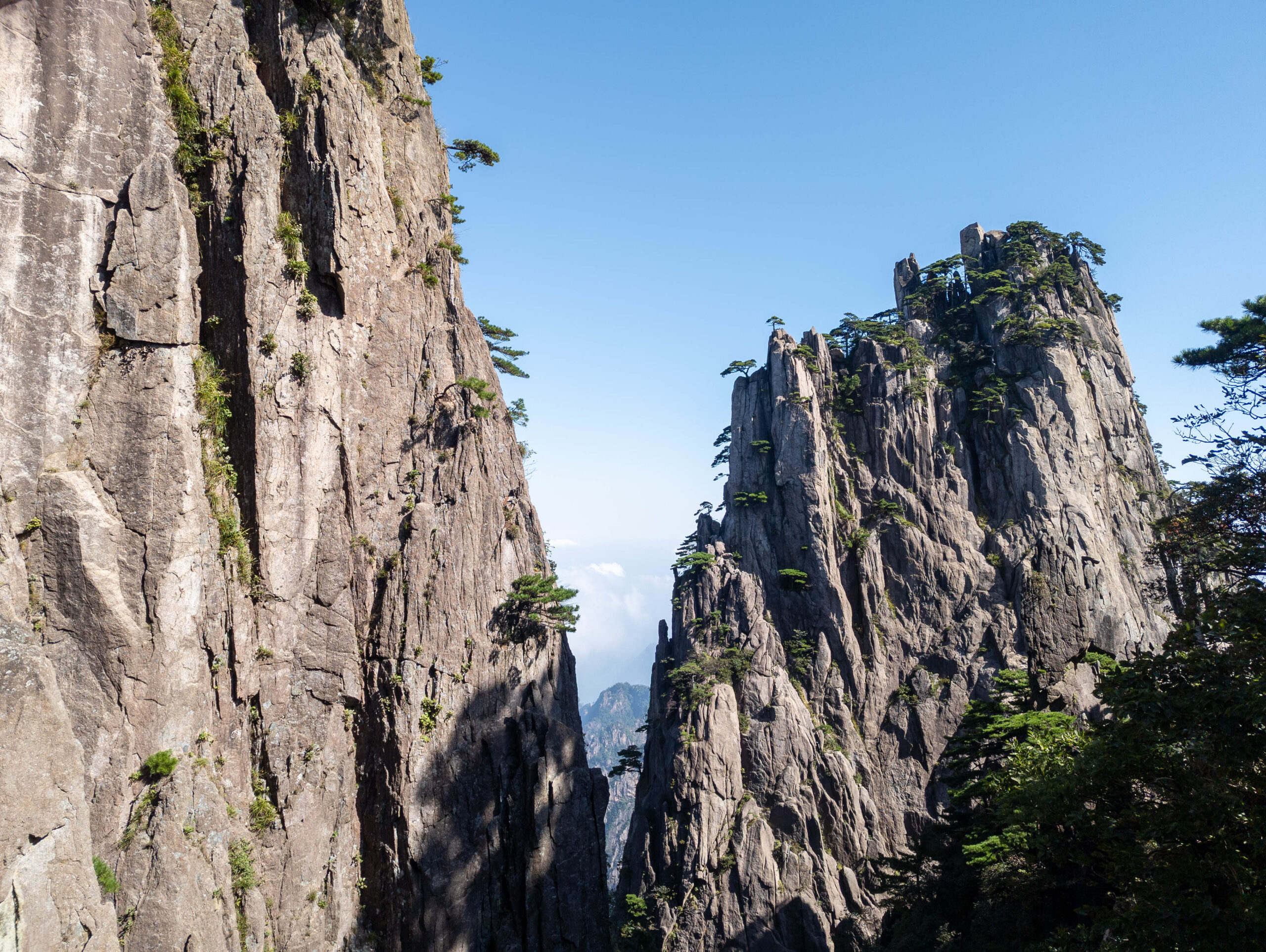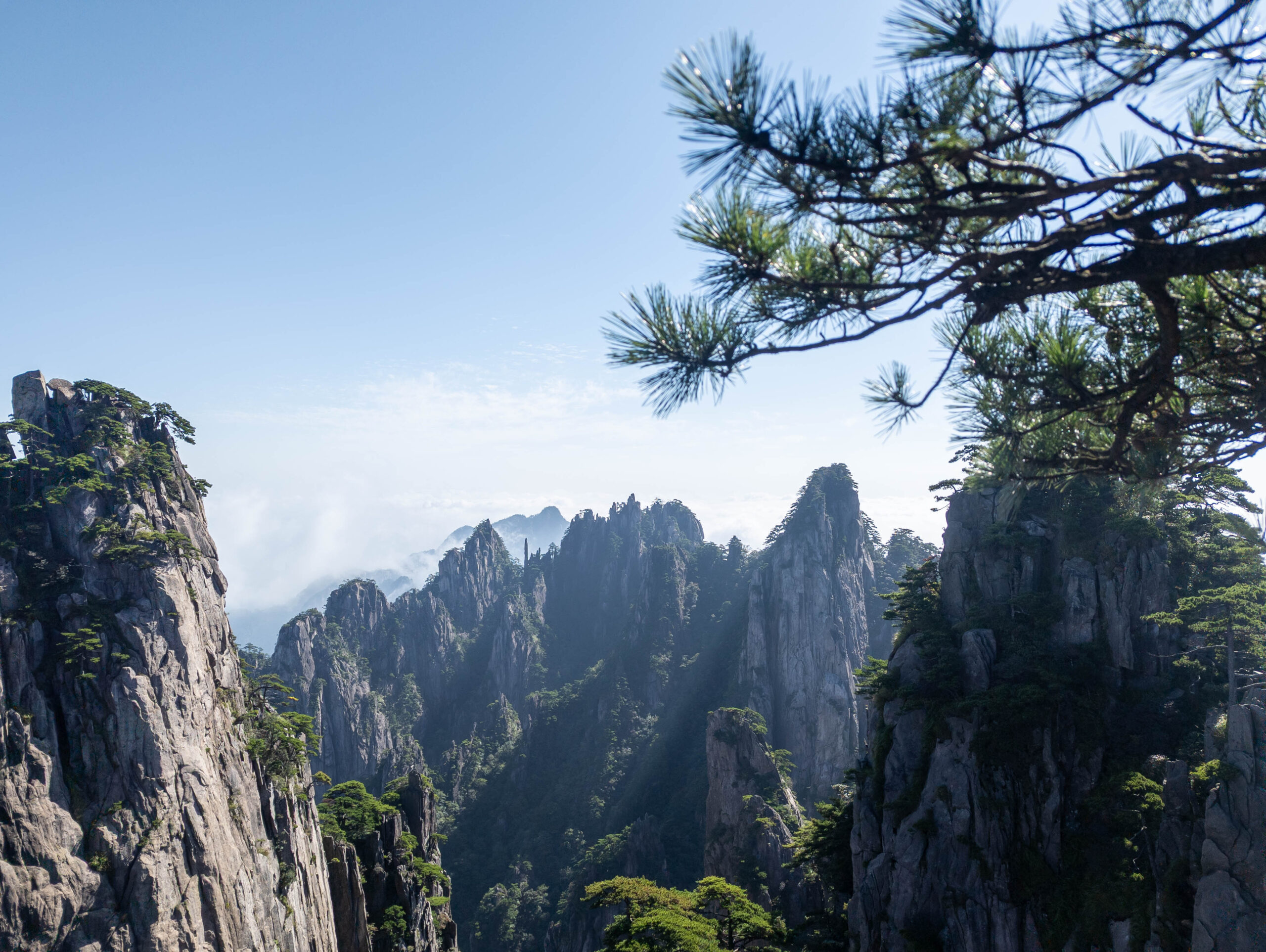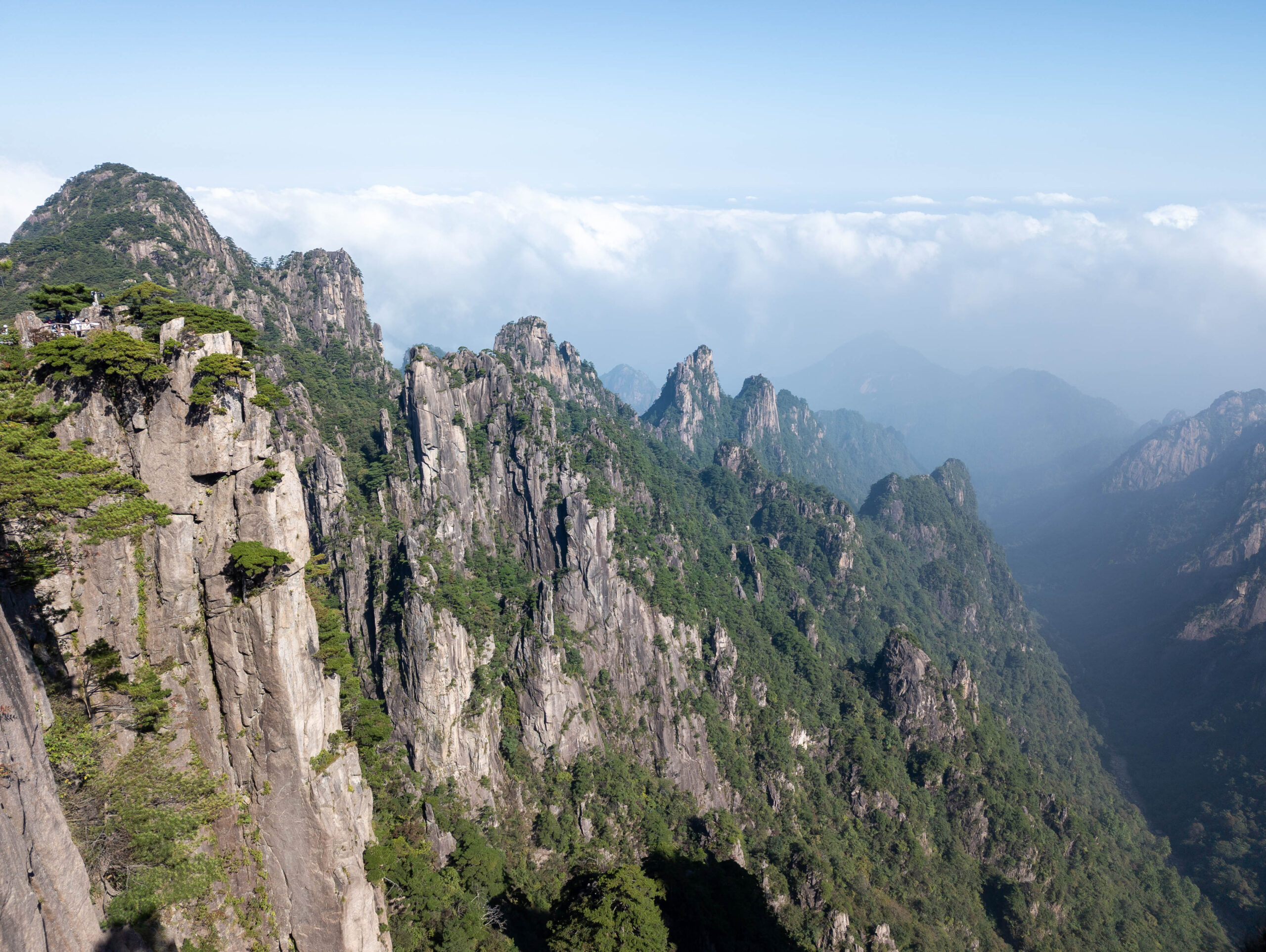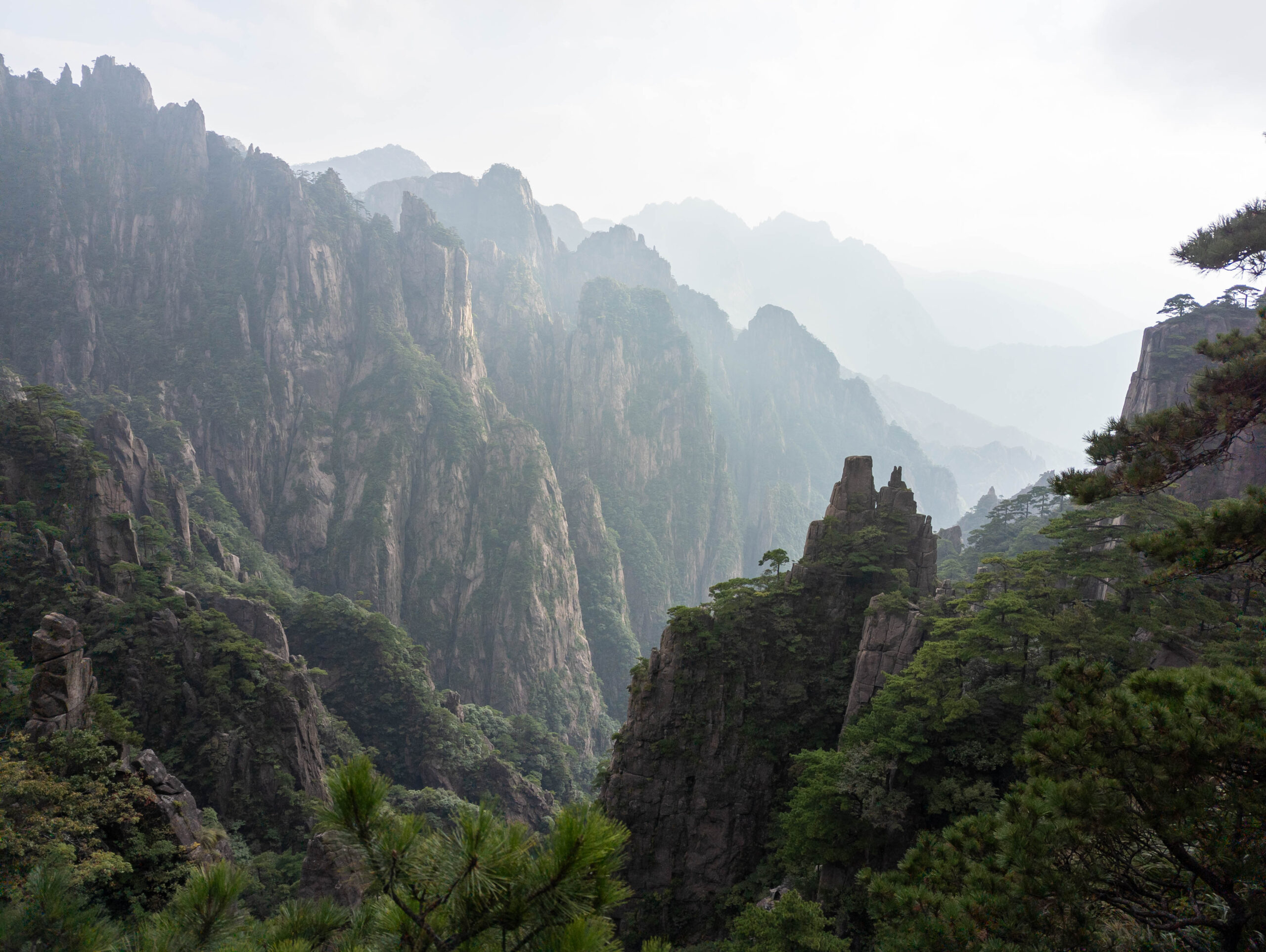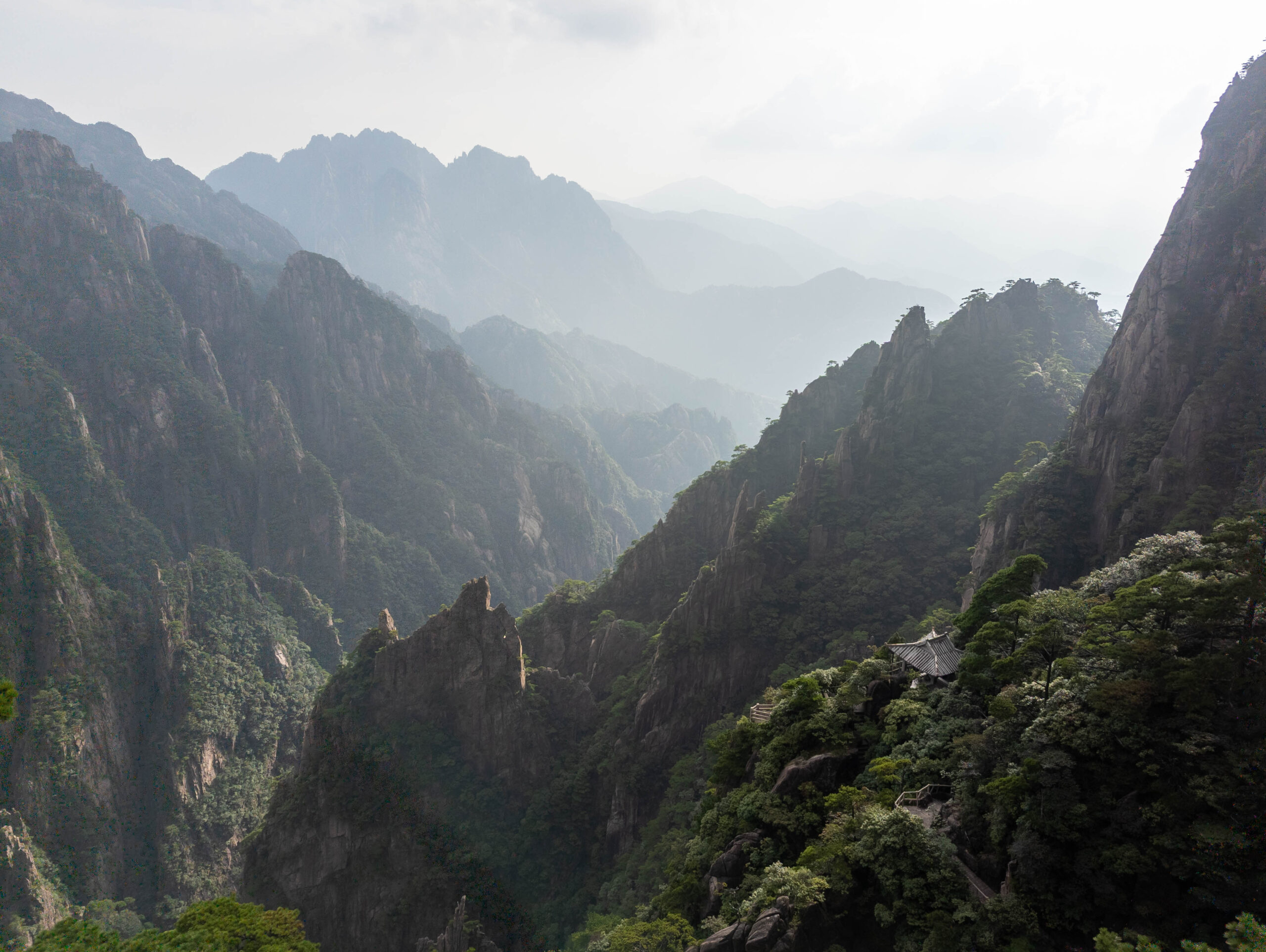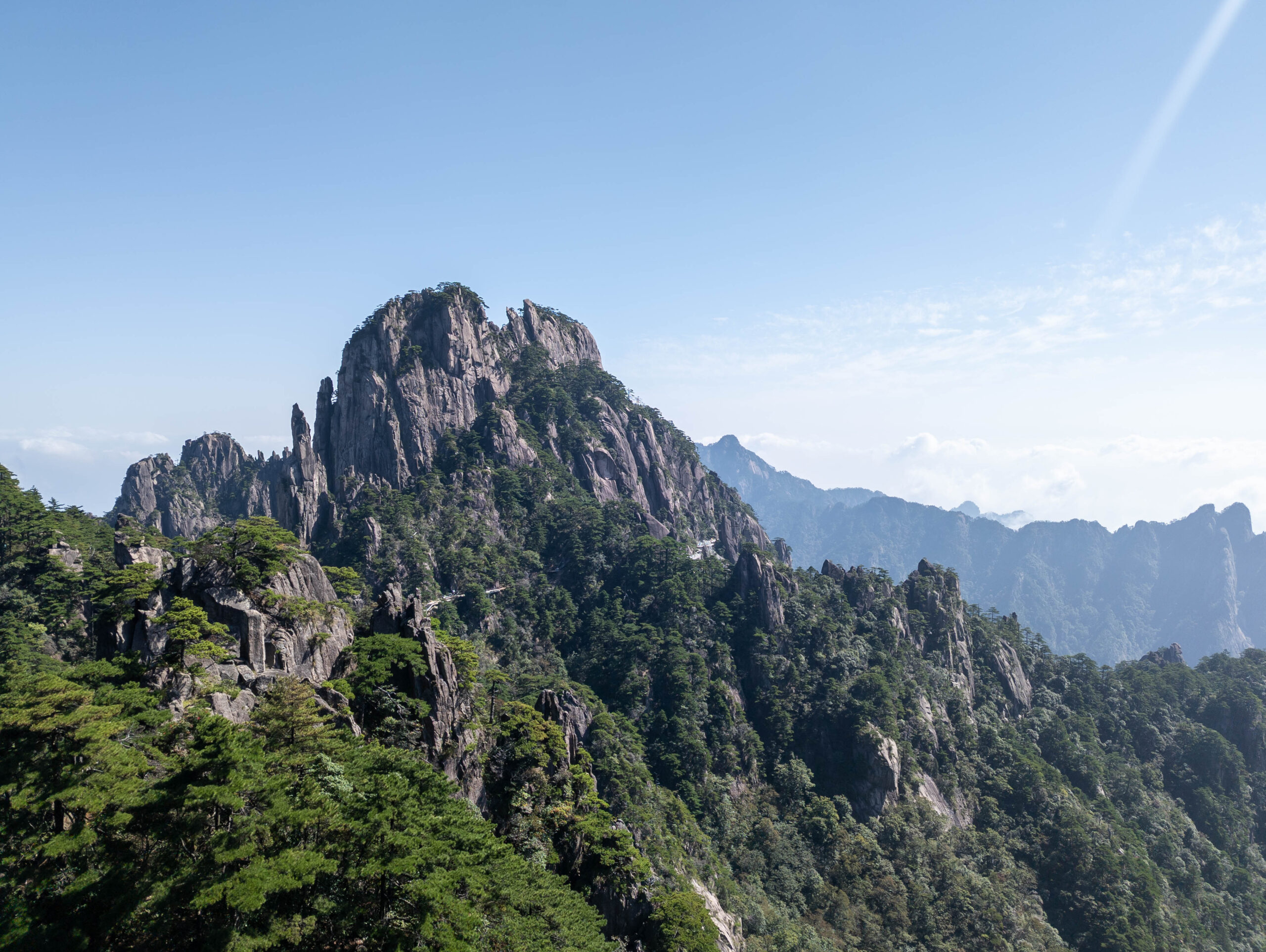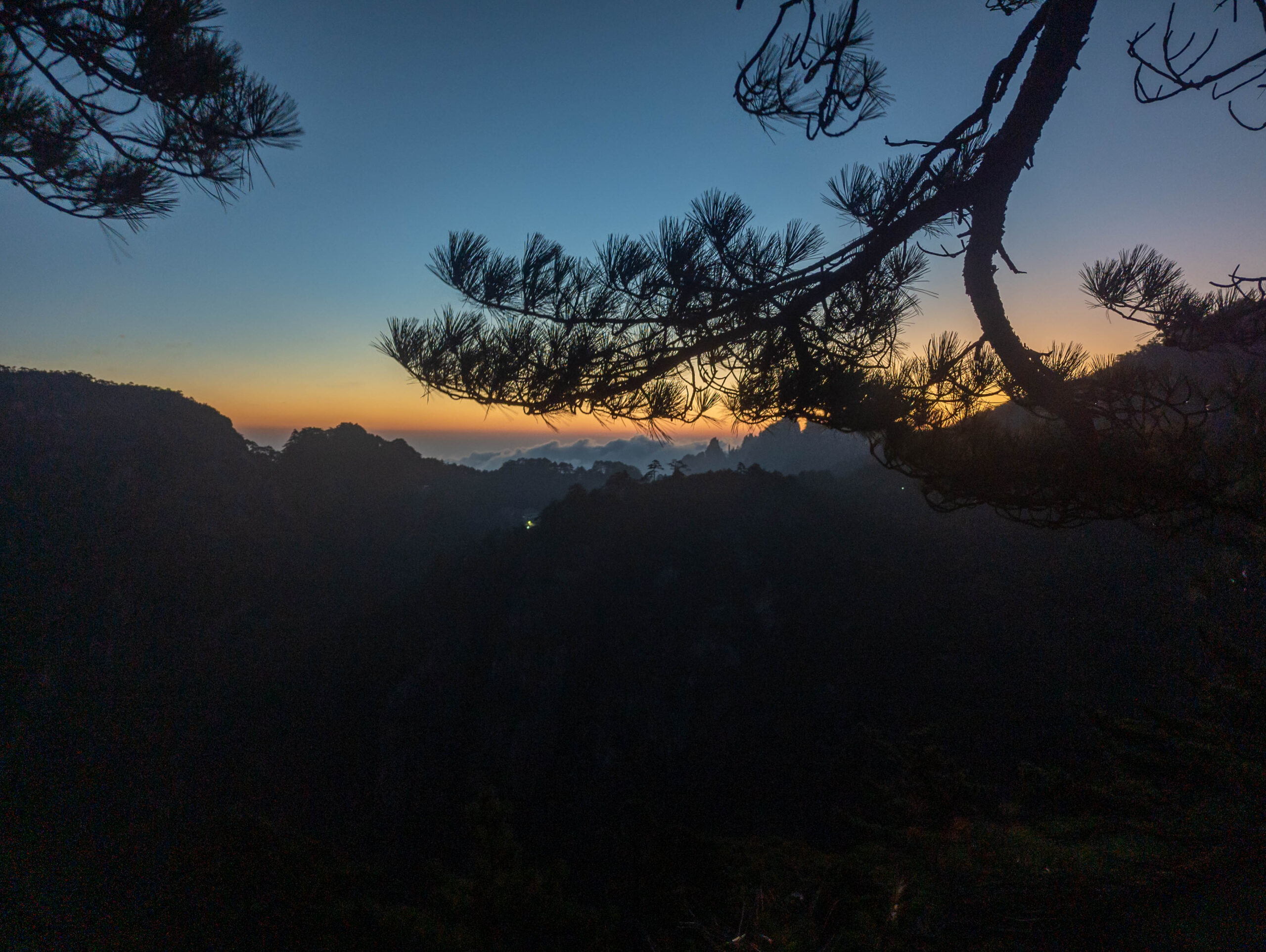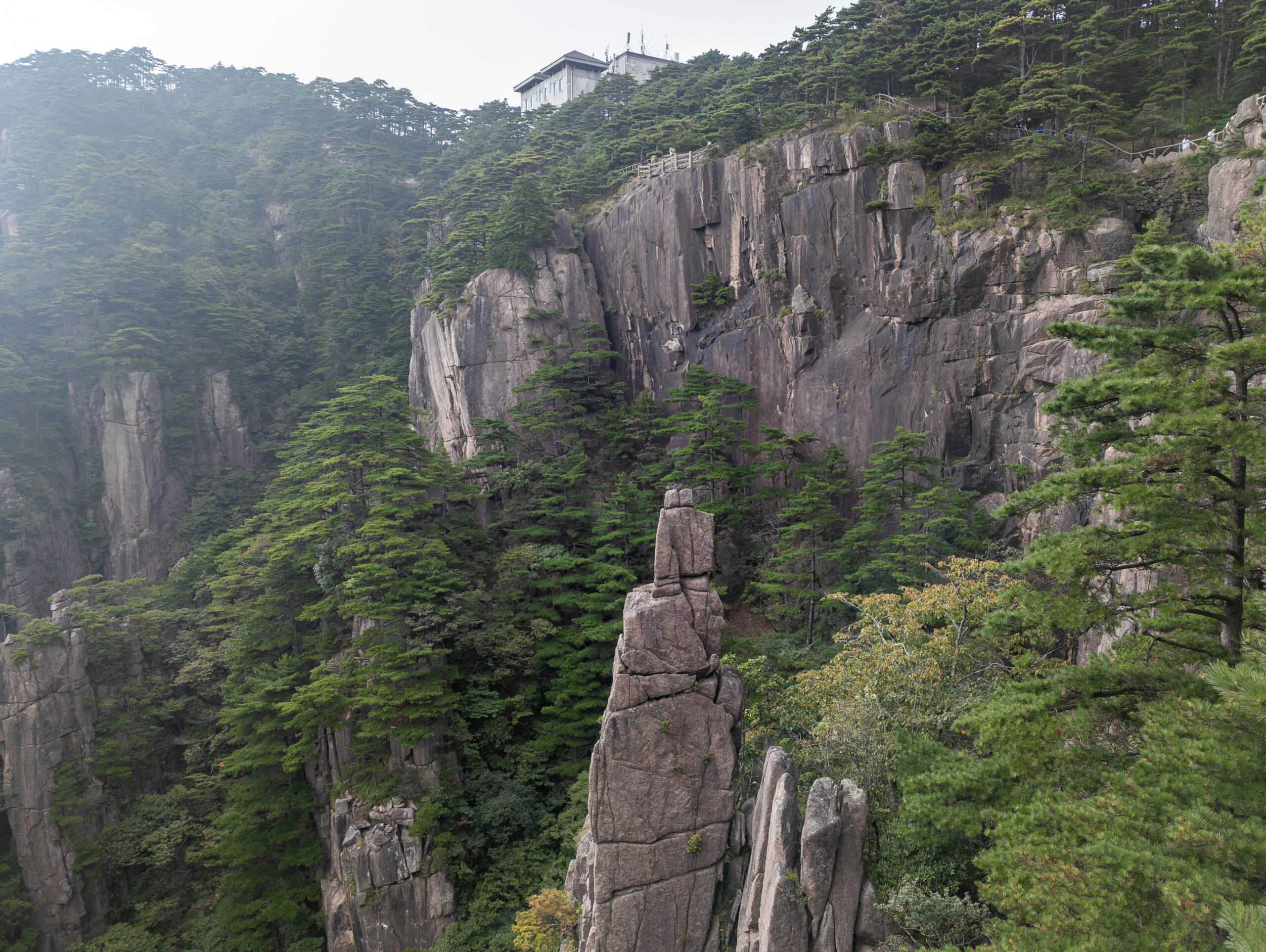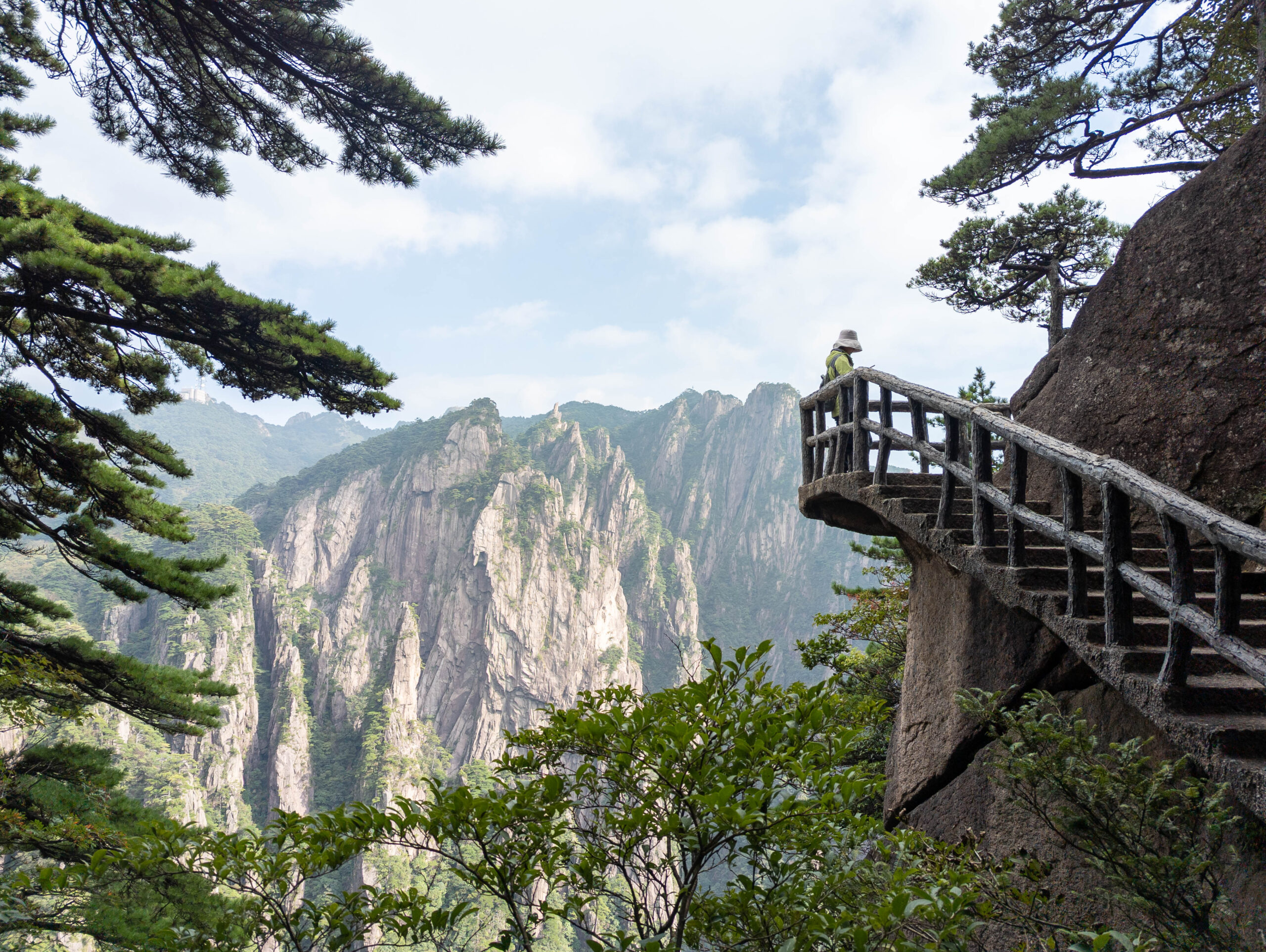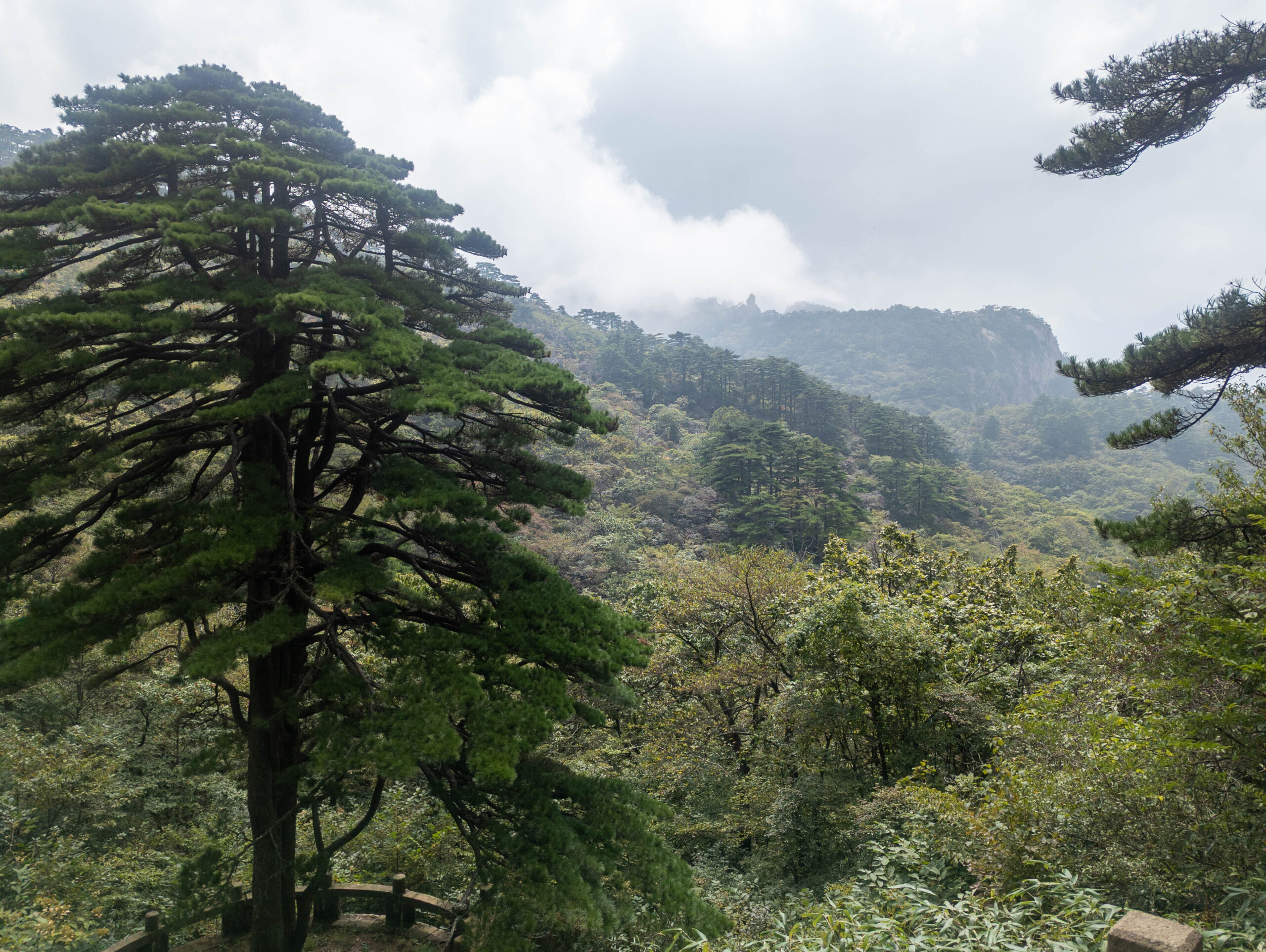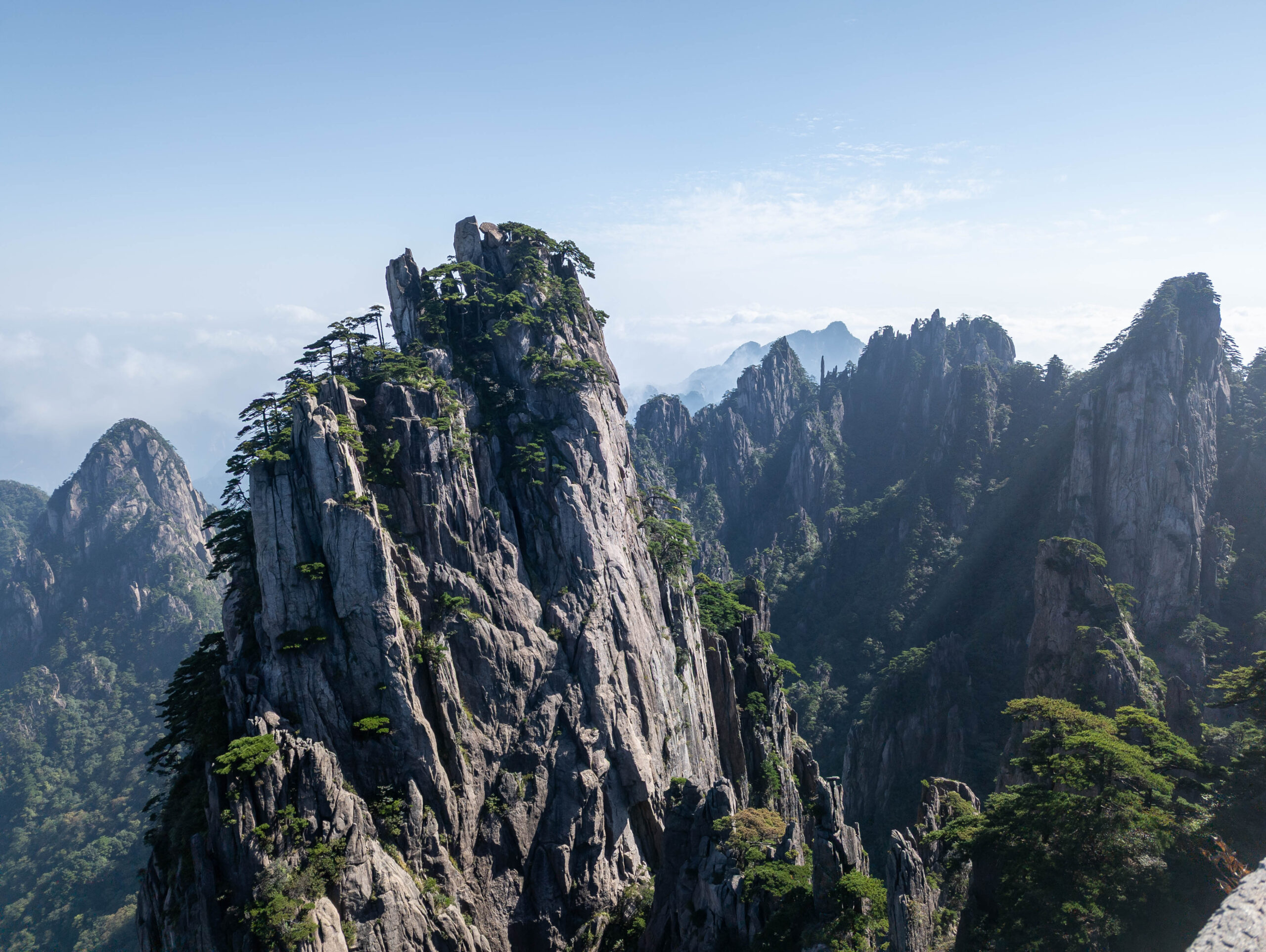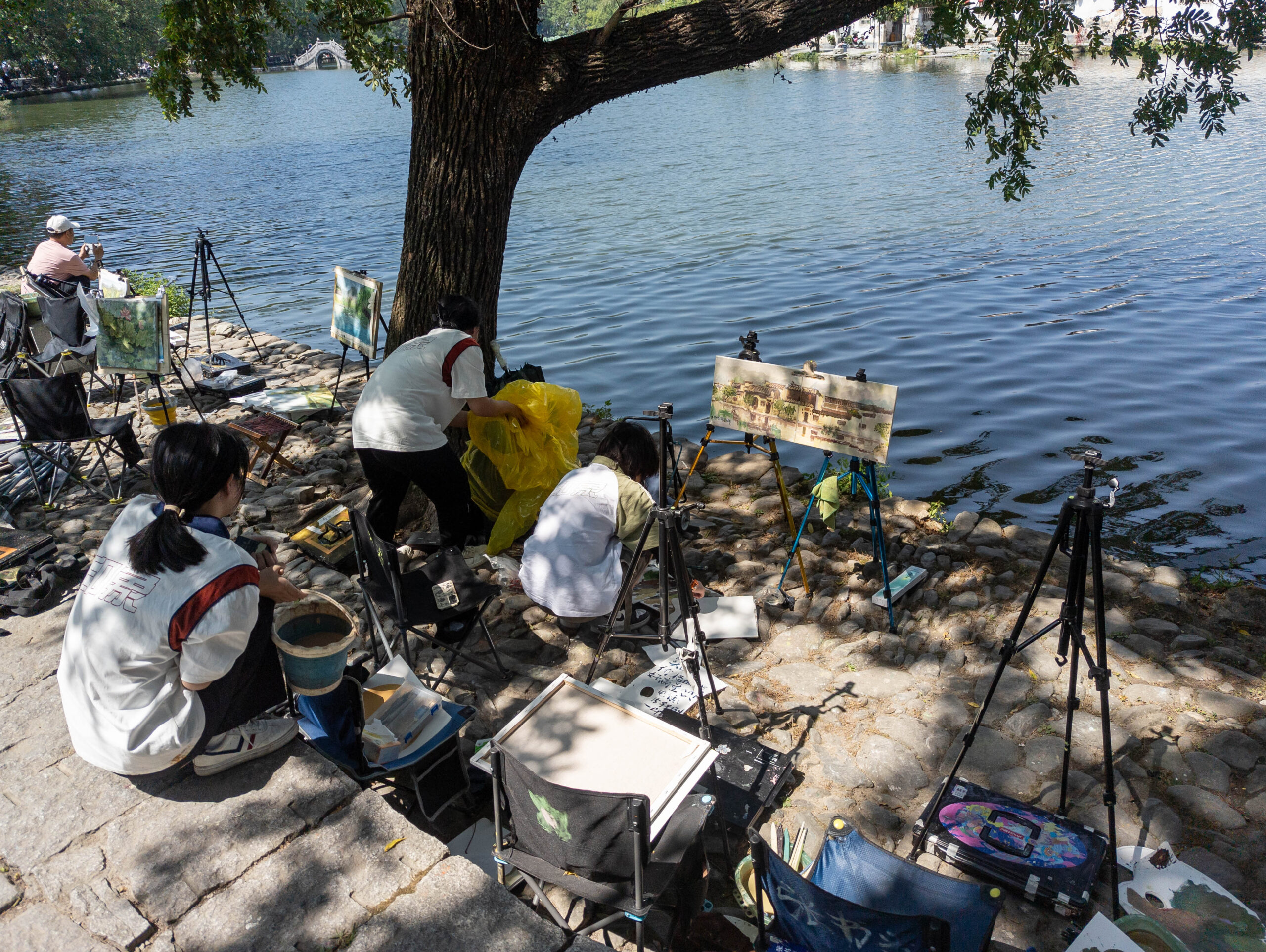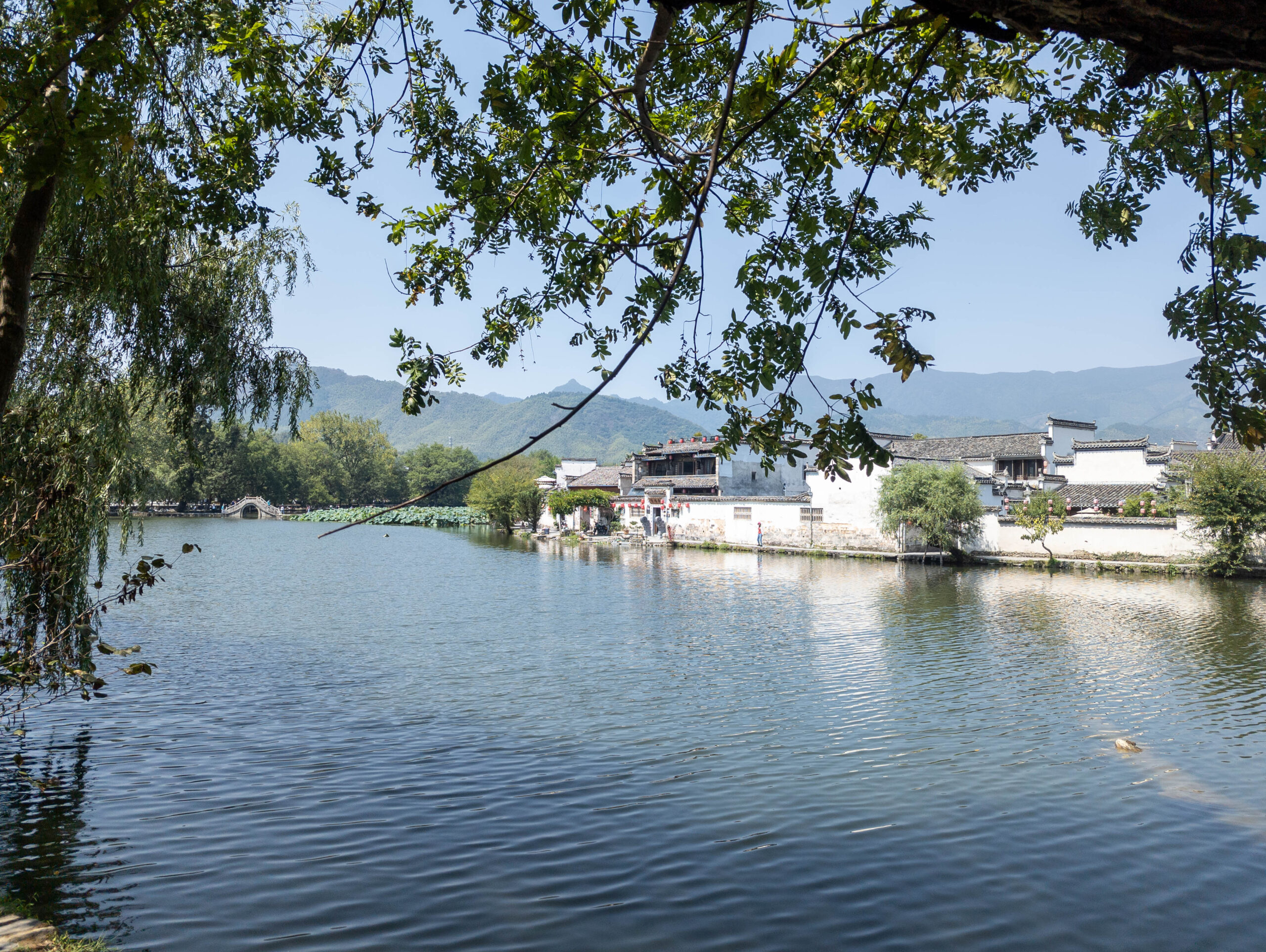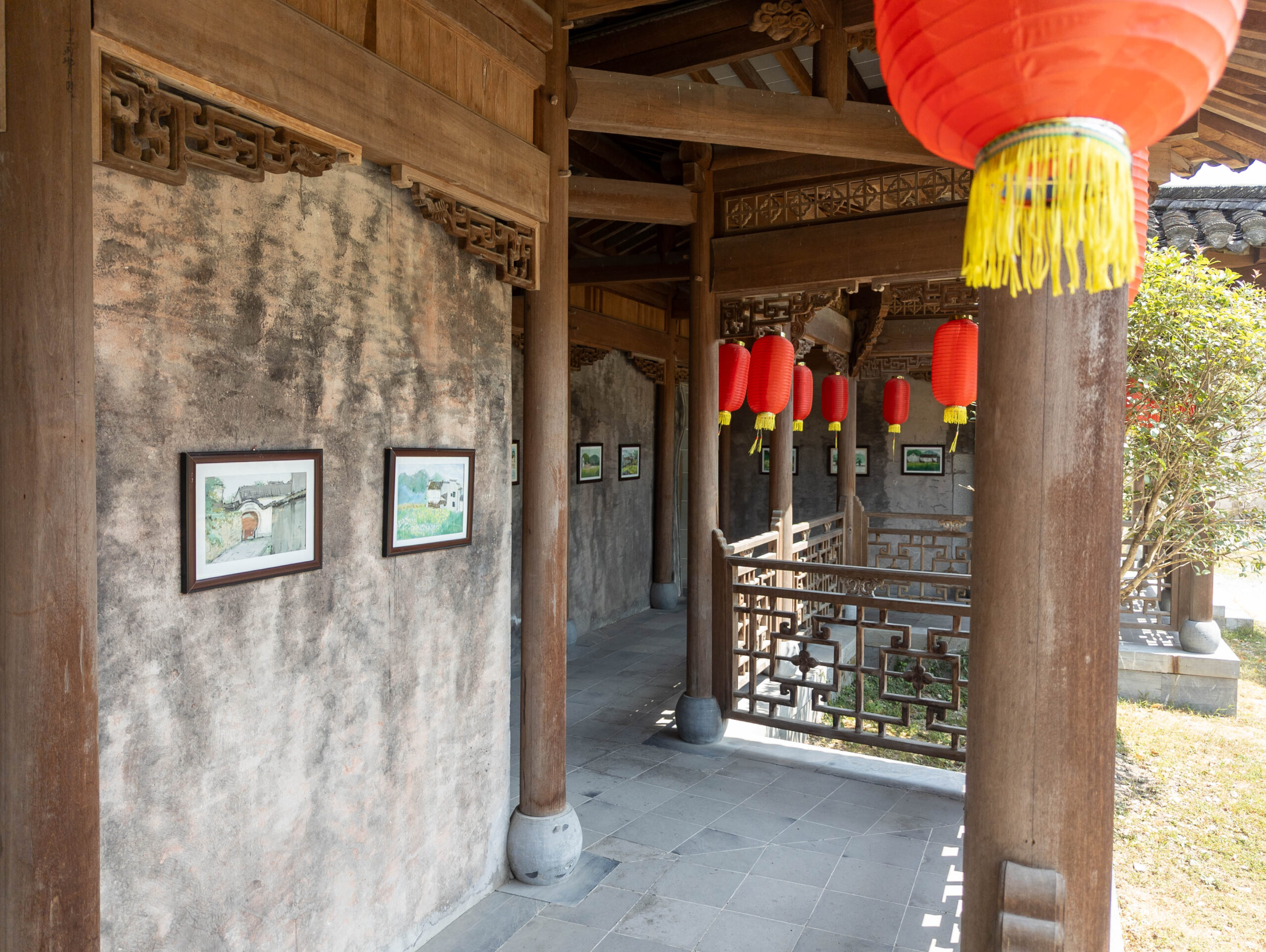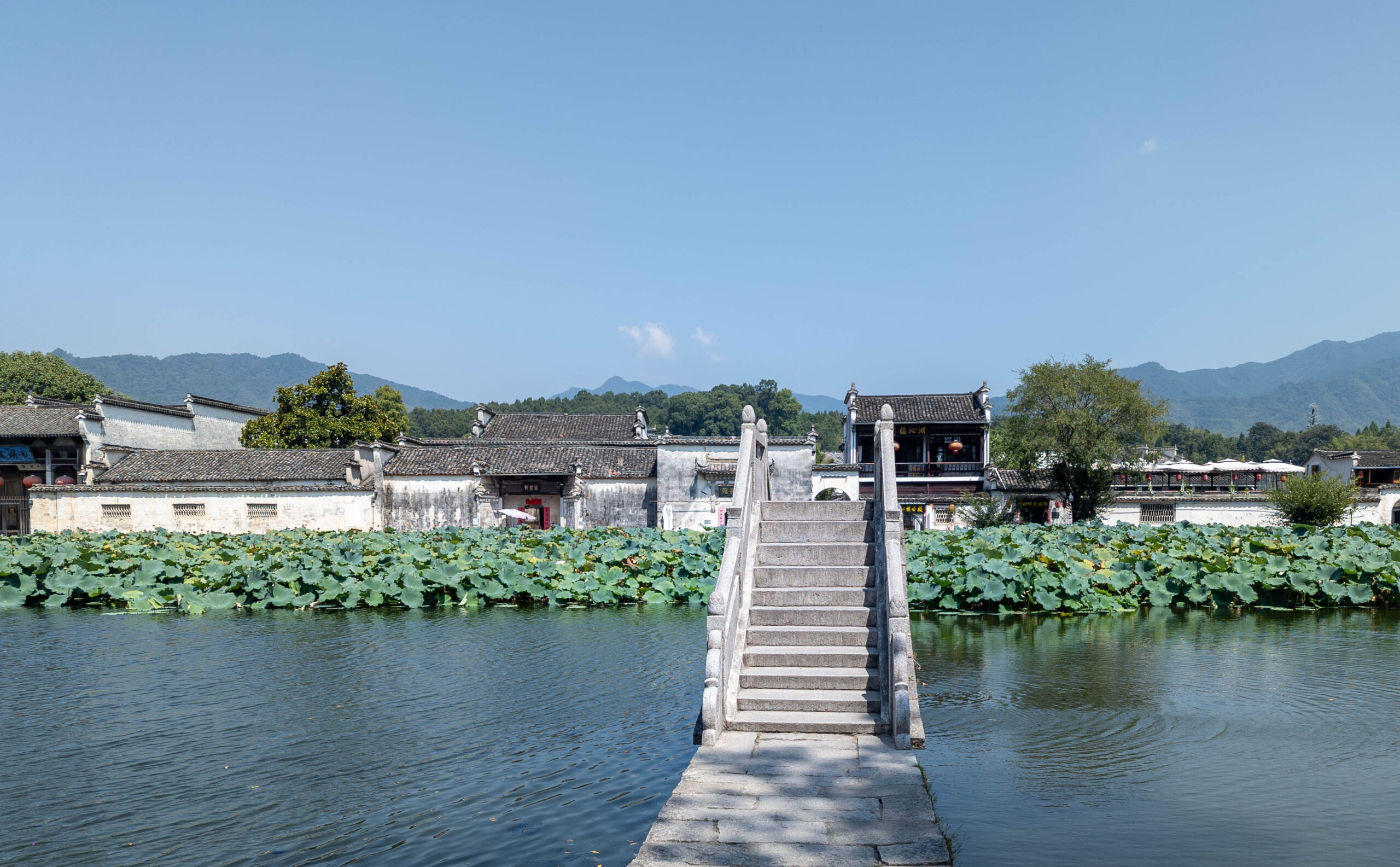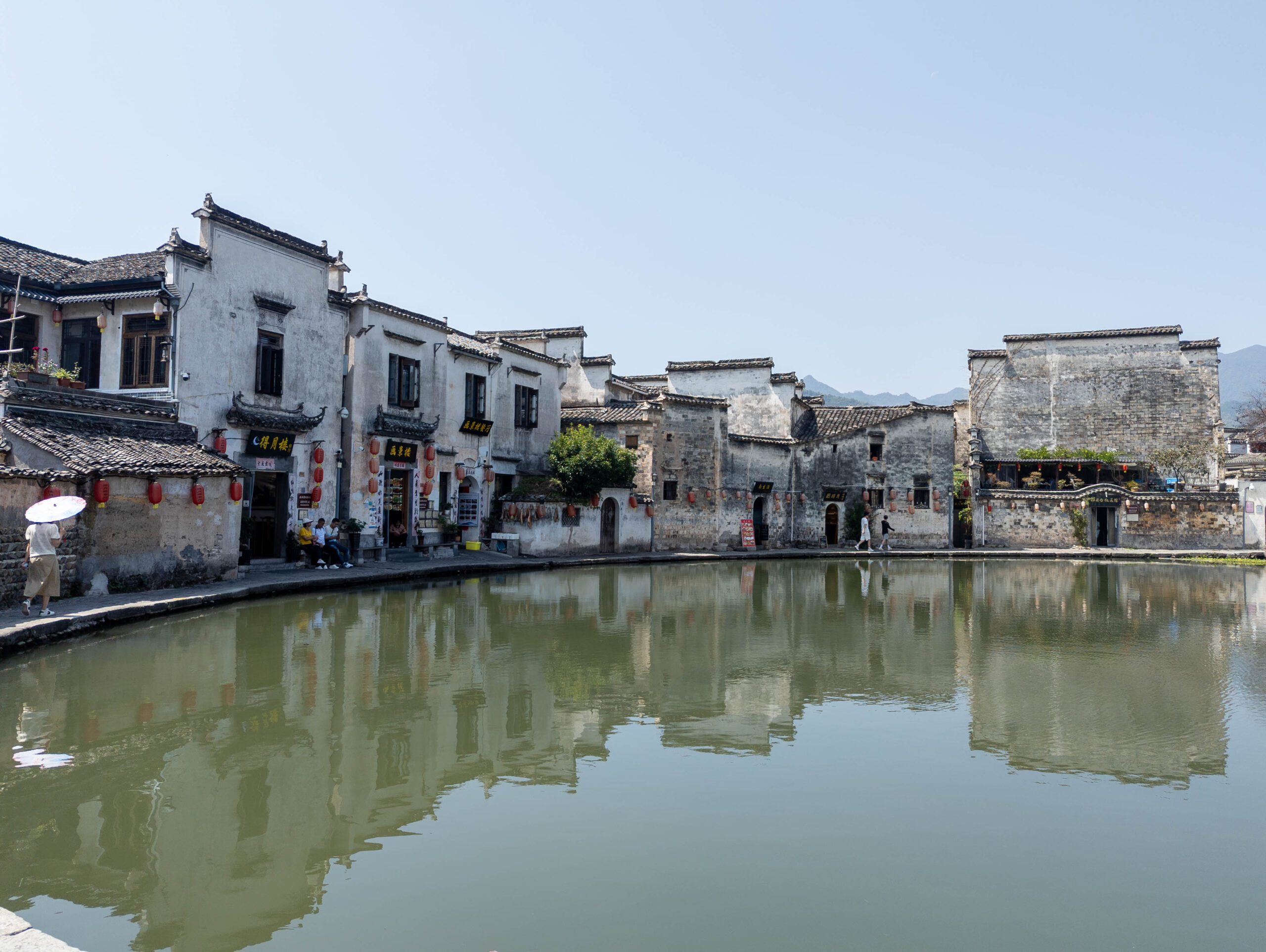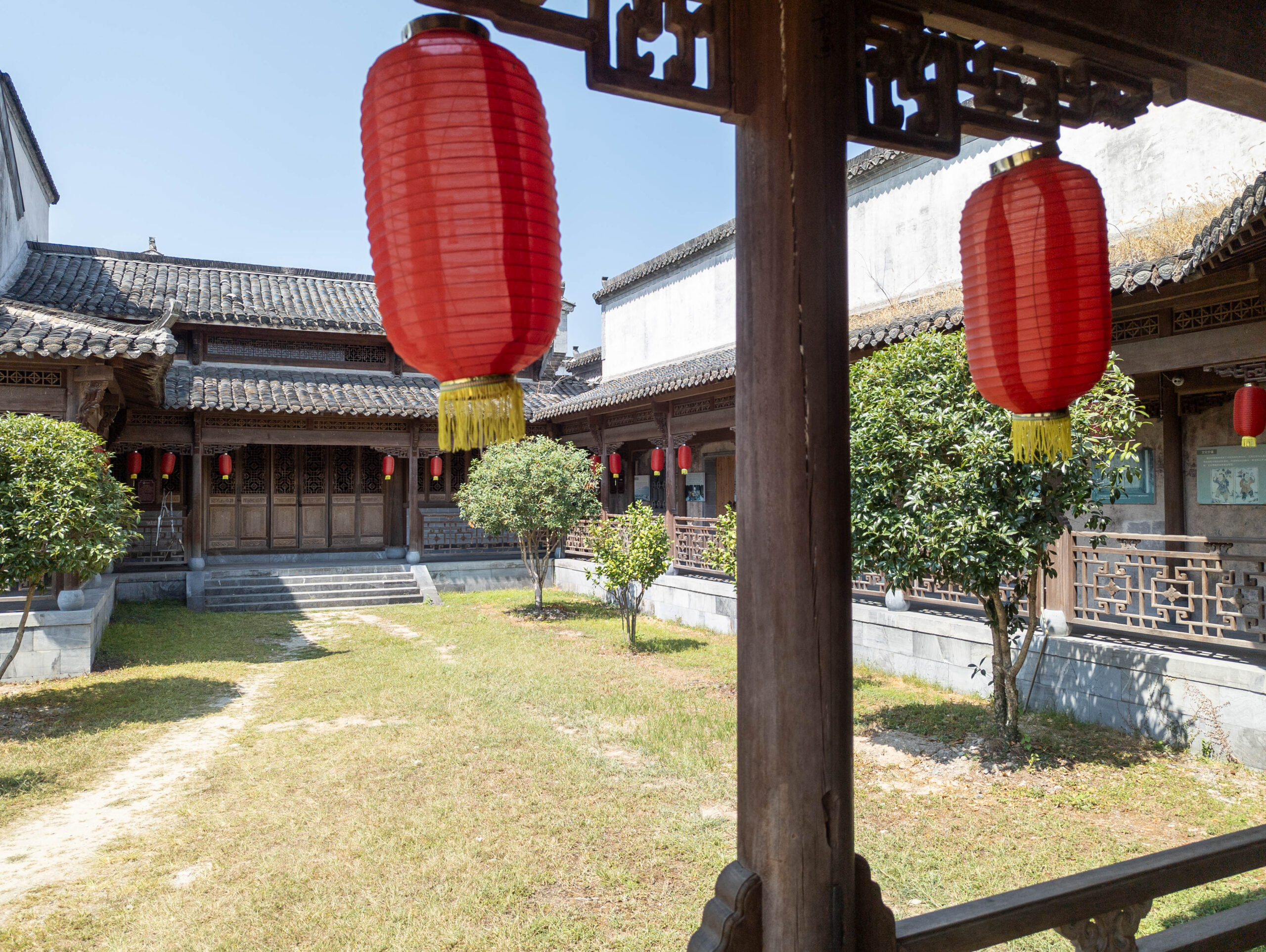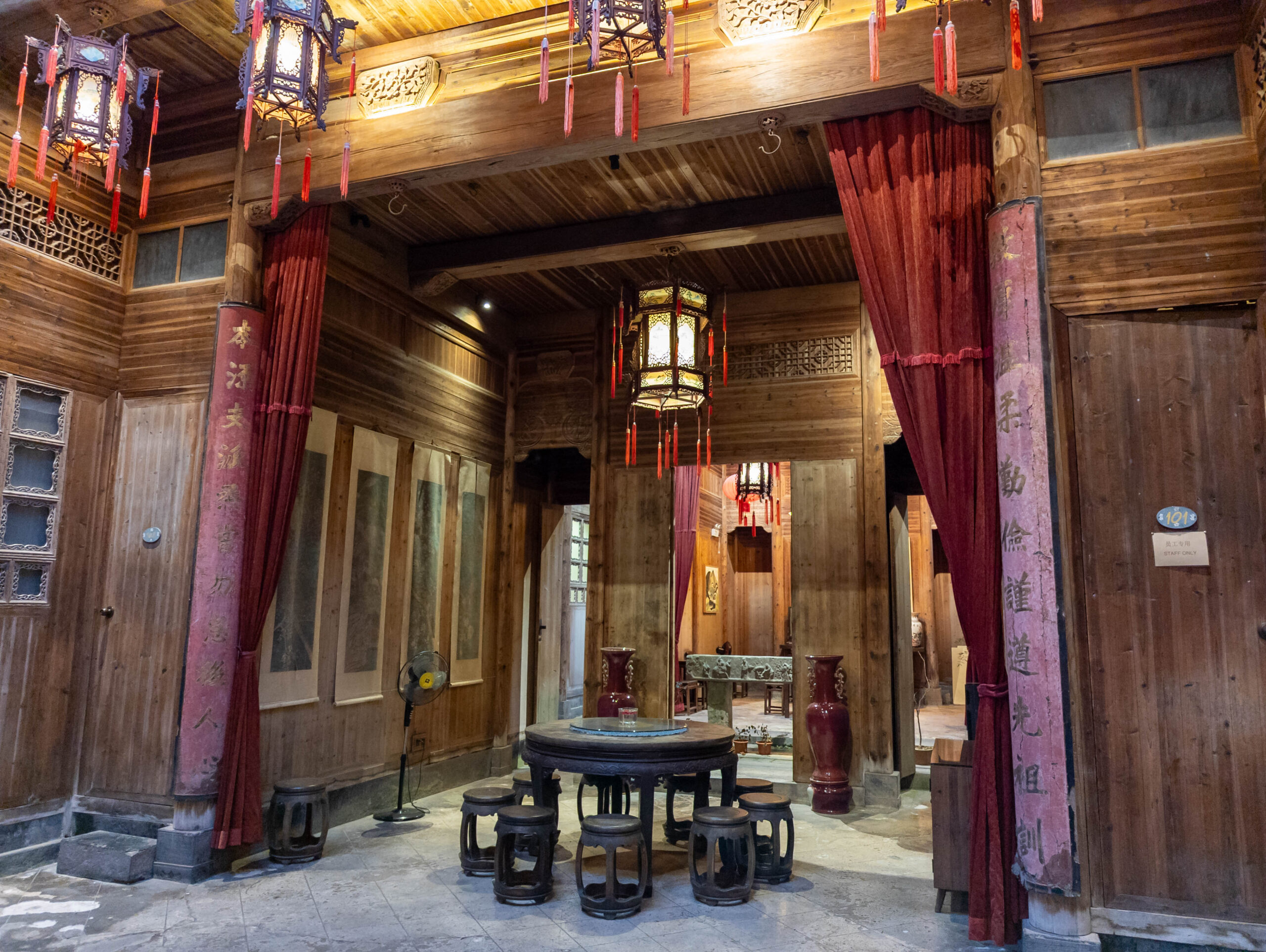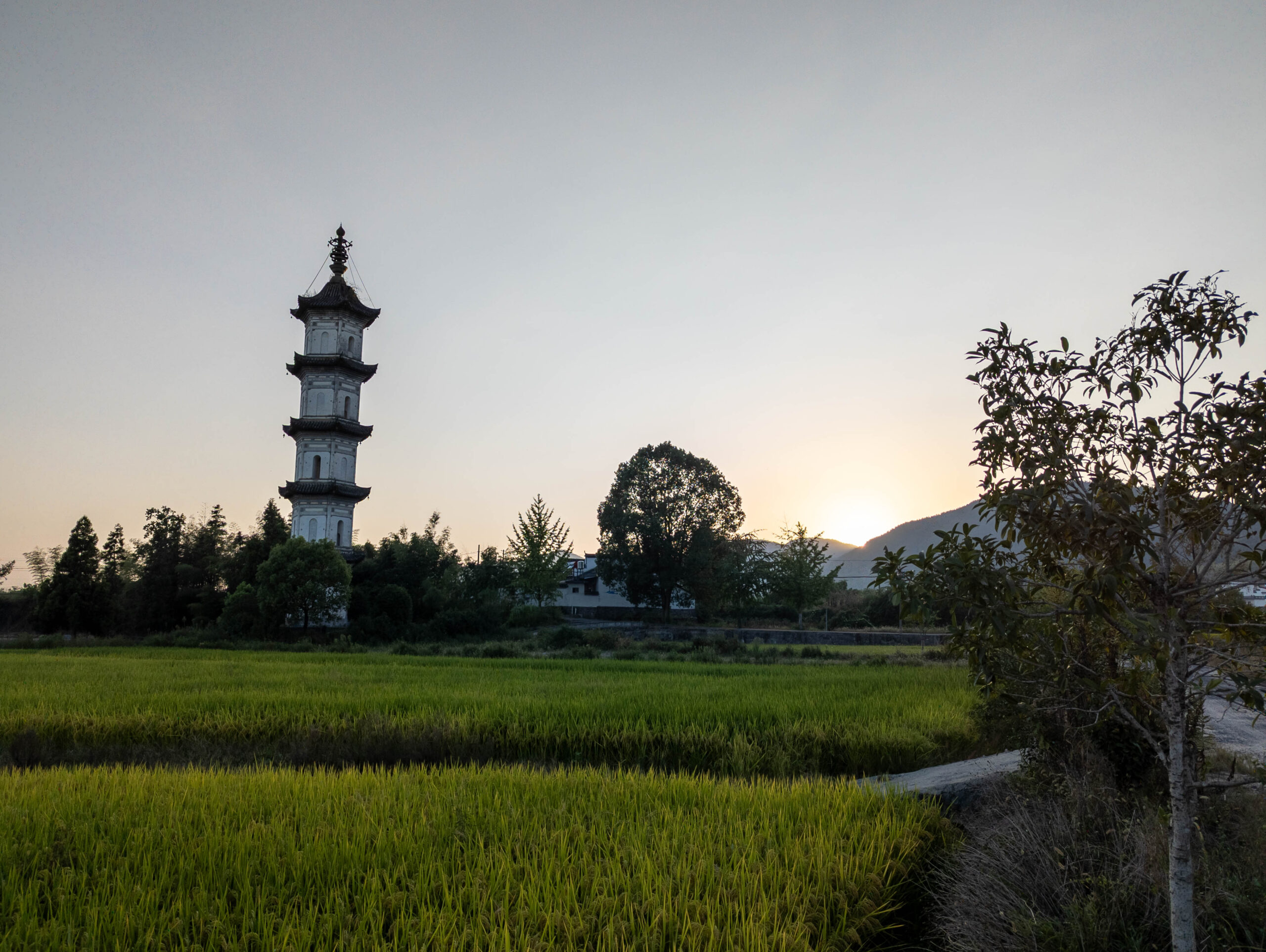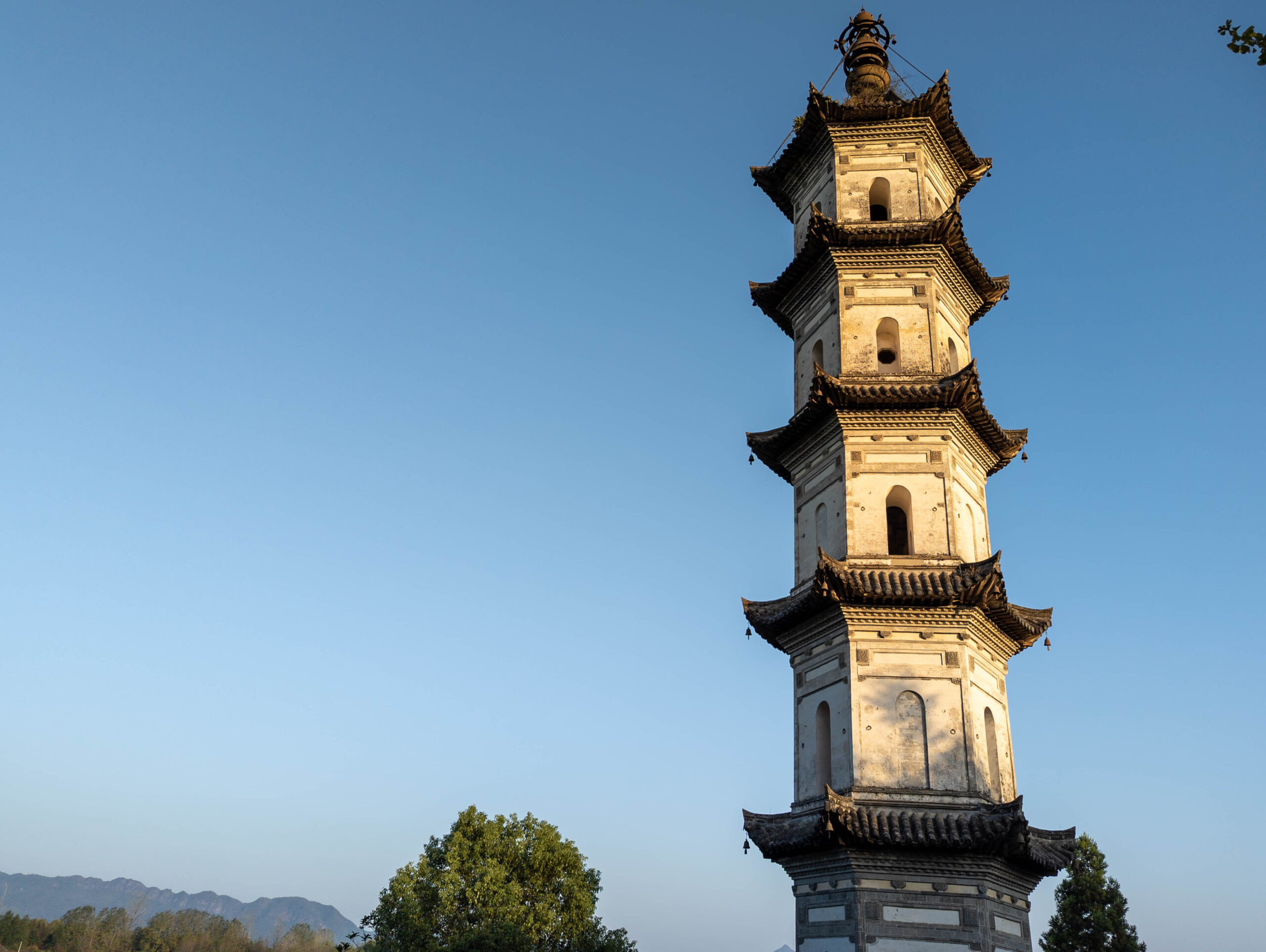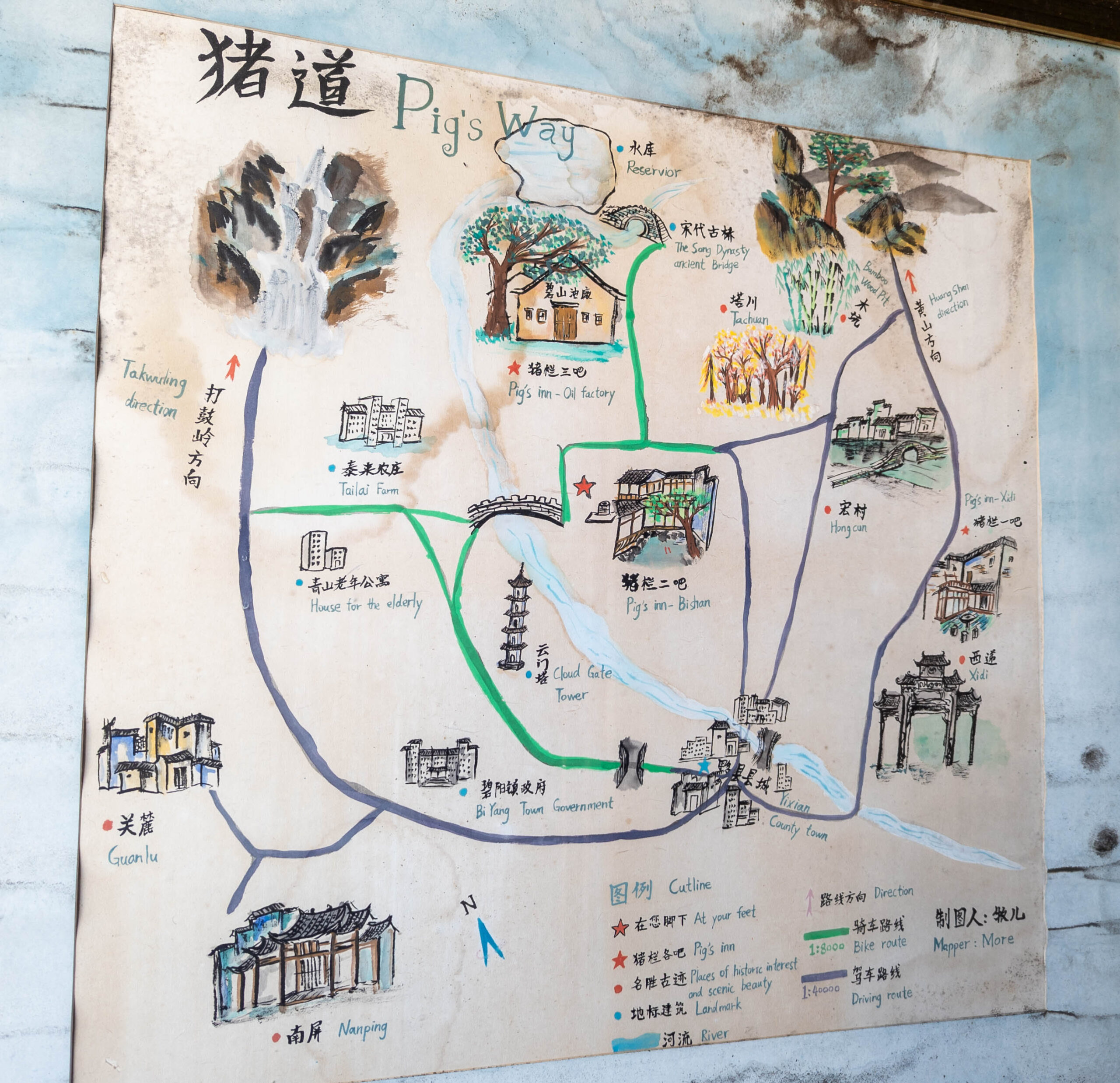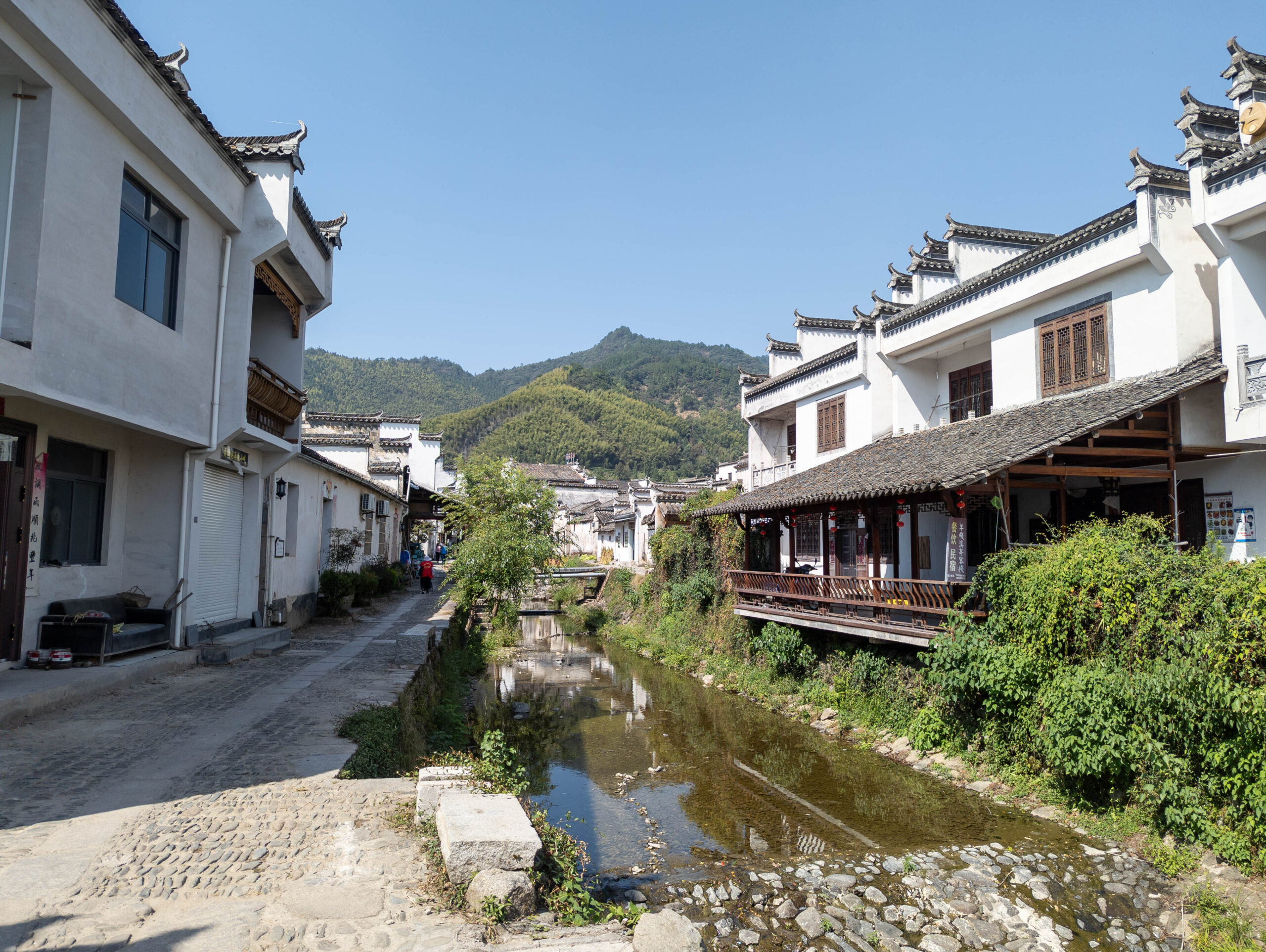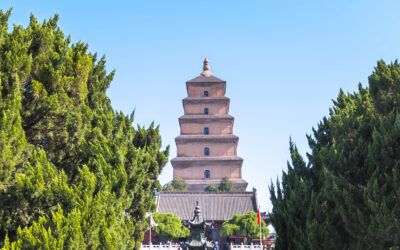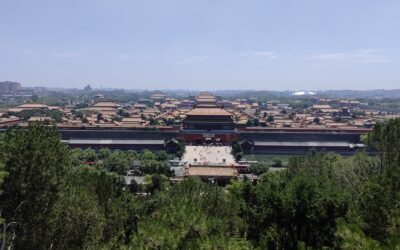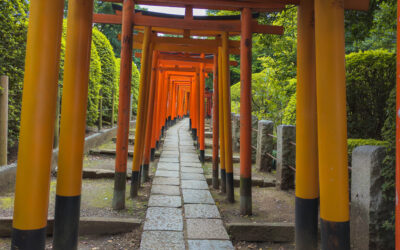Yellow Mountain
September, 2022Mystical Pines and Movie Sets
September, 2022
China’s Zero-Covid Policy entailed each province having its own rules, and local lockdowns springing into effect as soon as the local testing regime (every few days, where I was) revealed a spike in cases.
Getting caught in a local lockdown anywhere far from home was not an enviable prospect for anyone, least of all Johnny Foreigner like me, with my questionable command of Mandarin.
So, for nine months I’d more or less been confined to quarters, hoping it would all blow over. By September, though, with few cases being reported anywhere, it seemed like a propitious moment to dash off somewhere for a few days.
My preferred destination of Tibet was off-limits due to – you guessed it – a spike in covid cases, so I had to look elsewhere.
Like Bilbo Baggins, I had a hankering to see some mountains. My friend Rita, one of the translators, told me a saying that roughly translates to: “If you see the five sacred mountains of China, you don’t need to see any other mountains. If you see the Yellow Mountain, you don’t need to see the five sacred mountains“.
With my mountain-seeing prospects diminishing by the week, this seemed like a good deal. The Yellow Mountain it was.
I opted for the bullet train, just for the experience, and enjoyed the seamless, frictionless ride from Xi’an, watching the flat farmlands (complete with workers equipped with scythes and conical hats) turn into steep mountains blanketed in lush greenery, which in turn became paddy fields.
Huangshan, 黄山, Yellow Mountain, is in Anhui Province not too far from Shanghai. Anhui’s local covid regulations meant that I had to get a PCR test at the station, and then another from a local hospital. Being an outsider, I couldn’t have the app on my phone due to my lack of an ID Card number, so I had to carry around various bits of paper to prove my compliance with all this. Fortunately, “Tony” my local informant and fixer, was able to steer me through the Byzantine bureaucracy.
Our trip began with the drive from Huangshan city to the foot of the mountain itself. Tony told me that the Yellow Mountain’s name derived not from its colour, but from its association with the Yellow Emperor (Huangdi).
The Yellow Emperor is something like the Chinese equivalent of King Arthur or Alfred the Great in England: a founding father, shrouded in myth. He was the establisher of Taoist traditions and symbolically important in all kinds of ways.
Apparently, he sat on top of the mountain conducting alchemical experiments, and ended up extending his life greatly.
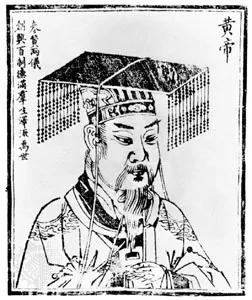
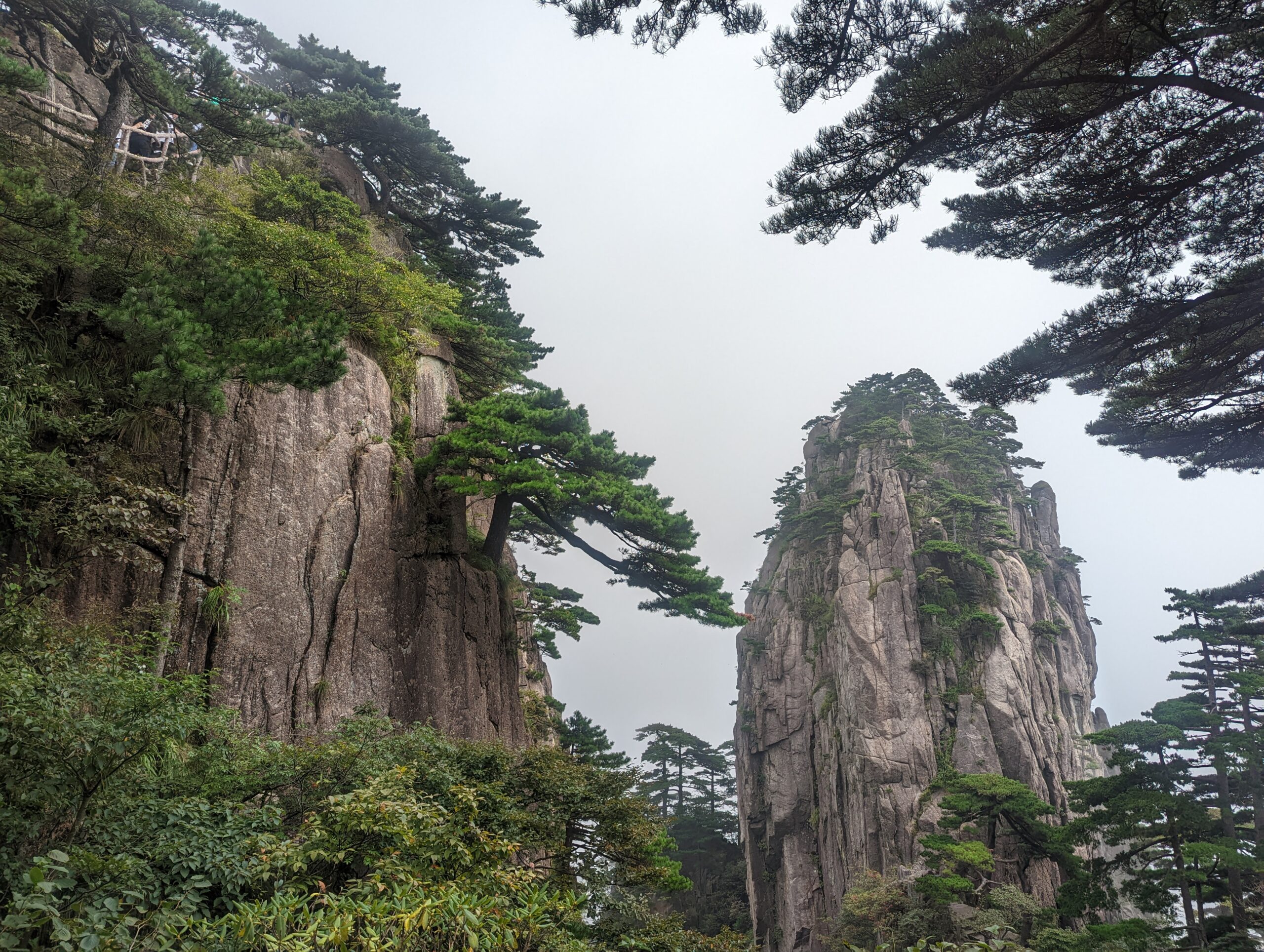
The cable car ascends through jagged valleys that are carpeted in bamboo and pine. From the station we walked along carefully tended paths around some of the 36 peaks of the mountain complex. Huangshan macaques leapt from branch to branch in the forests either side.
One of the first things Tony wanted to point out was “Guest Greeting Pine”, made famous in countless works of art: the tree seemingly extending an arm to visitors.
The list of names of the peaks and trees was charming, but can’t help but sound either slightly quaint or enchantingly mystical in English, depending on mood: Beginning to Believe Peak, Stone Monkey Watching the Sea, Cloud Dispelling Pavilion, Flying Over Rock, Fairy Pointing the Way.
But in any language, the views are just stunning. Surely one of the most beautiful places I have ever seen, and it is easy to see why this place is so central to the Chinese imagination.
Thick cloud set in before evening, meaning I could not see the sunset here as planned. I was staying at the Xihai Hotel, which was comfortable without being impressive. I set off alone to explore some of the other peaks in the evening, and managed to catch some more spectacular views when the clouds parted.
The next day, the sky was clear and we decided to return the way we had come, in order to see the same things in a new light. You could easily spend several days here, and every day it would look different. We didn’t see the famous “sea of clouds”, but I did manage to capture some shots of peaks that will live long on my camera roll, and in my memory.
Reluctantly we descended the mountain to see some more of what Anhui Province had to offer.
Hongcun Ancient Village might look familiar to anyone who saw Ang Lee’s Crouching Tiger, Hidden Dragon. As the name suggests, its an atmospheric village built in the “Hui” style named after the local ethnic minority: white walls and ornate sloping black-tiled roofs. The village is surrounded by a dreamy moat, which was being used as the subject for a hundred watercolours as we walked past, and over the bridge. Giant lily pads festooned the water.
The village itself is mainly of interest for its architecture and wood carvings, the faces of which were chiselled out during the Cultural Revolution.
I spent the final evening of my short stay in Xidi County, at the Pig’s Inn: a superb hotel that could easily have been in Crouching Tiger: all wood panels and creaking floorboards. I wandered outside, admiring the village pagoda and the rice fields, as the sun set behind the mountains.
I left the place with my imagination fully charged, but my Covid-test validity almost expired. I would love to return without all that, and perhaps in another season, to see Huangshan in snow, or in its sea of clouds: a chocolate-box vision of China.
Other Trips
Here are some of the other places I’ve been…
2022 Xi’an
The ancient city of Xi’an is now a thriving modern metropolis, but carries reminders of its significant history in its Pagodas and the famous Terracotta Army
2022 Beijing
China’s famous capital has some sights that you’d kick yourself if you ever came here and didn’t see: The Great Wall, The Forbidden City and its Temple of Heaven.
2023 Tokyo
A whistlestop tour to Tokyo, where I failed to see Mount Fuji but accidentally managed to glimpse Godzilla.
